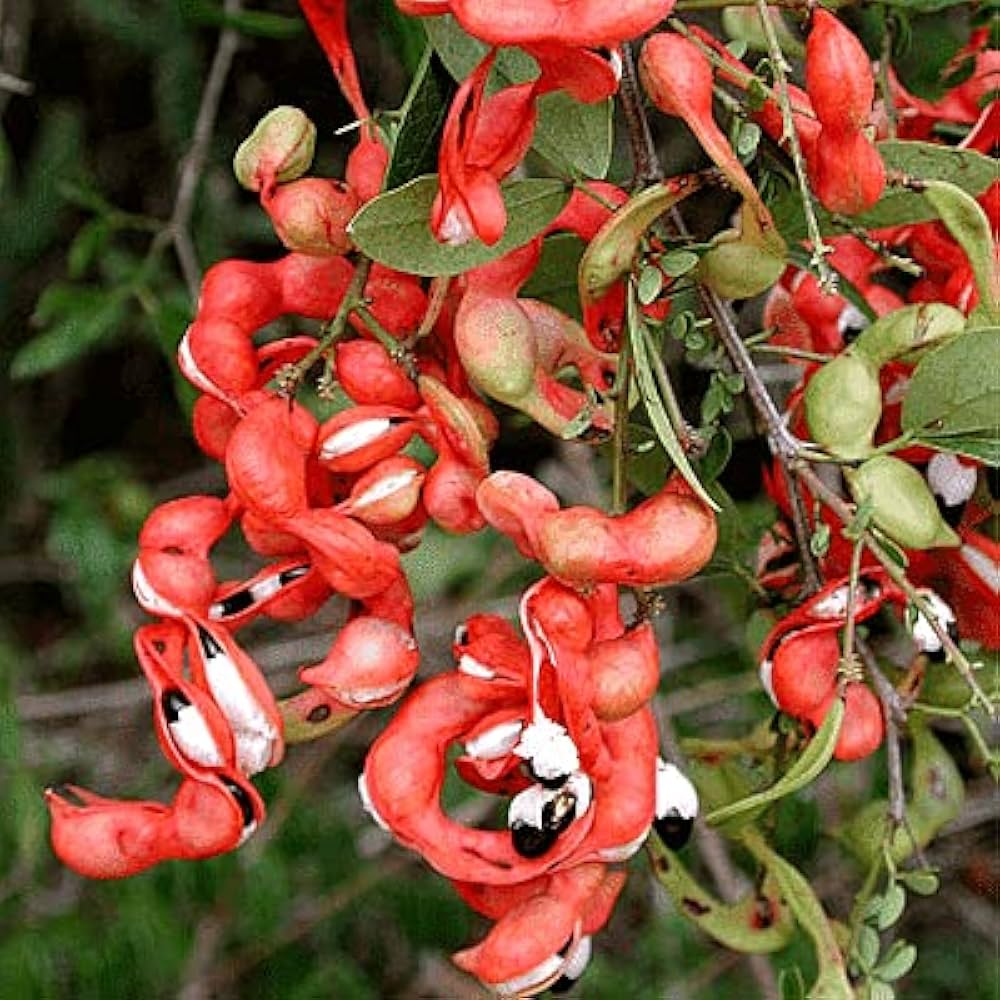Madras Thorn (Pithecellobium Dulce)
Category: Fencing Species
Tags: #agricultureseedstore, #beej, #BiodiversityOfIndia, #buyseeds, #buyvegetableseeds, #chemicalfreeseeds, #ClimateChange, #ClimateResilientSeeds, #ClimateSmartFarming, #desibeej, #desiseed, #Desiseeds, #FarmStore, #heirloomseed, #heirloomseeds, #homegarden, #homegardeningseeds, #hoogafarms, #hoogaseedkeepers, #MaadiThottamseeds, #naatuvidhai, #nativefoods, #nativevegetableseeds, #naturalfarming, #NaturalFoods, #naturalseeds, #NonGMOseeds, #openpollinatedseeds, #opseeds, #organicfarming, #organicseeds, #RooftopGardening, #RooftopGardenseeds, #SaveNativeSeeds, #SaveOurSeeds, #SaveSeeds, #SayNoToGMO, #seedconservation, #seeddiversity, #seedfarm, #seedkeeperscollective, #seedKeepersNetwork, #seedsavers, #seedsaving, #seedshop, #SeedsOfIndia, #seedstore, #tamilseedsavers, #Terracegardenseeds, #traditionalseed, #traditionalseeds, #traditionalvegetableseeds, #vegetablediversity, #Vegetableseed, #vegetableseeds, #Vidhaigaleperayudham, Agriculture, dubai small ridge giurd seeds, Dubai Small Round Ridge Gourd-Seeds, hooga forms, hooga seeds, hoogaseeds, native seeds, Ridge Gourd-Seeds, seeds, shop, shopping, Vidhai
Madras Thorn (Pithecellobium dulce), also known as Manila Tamarind, Camachile, Guamúchil, or Seema Chintaka, is a tropical tree in the legume family (Fabaceae). It is native to Central America, Mexico, and northern South America but has been widely introduced to many other tropical and subtropical regions, including India, the Philippines, and Southeast Asia.
Characteristics:
- Appearance: Madras Thorn is a medium to large-sized, deciduous tree that can grow up to 10-15 meters (33-50 feet) tall. It has a broad, spreading canopy with a rough, grayish-brown bark. The tree’s branches are often armed with sharp thorns.
- Leaves: The leaves are bipinnate, consisting of two leaflets that are oval-shaped and bright green. The leaves fold at night or in response to direct sunlight, which is a characteristic trait of many legumes.
- Flowers: The tree produces small, fragrant, cream-colored flowers that are arranged in dense, spherical clusters. These flowers attract various pollinators, including bees.
- Fruits: The fruit of the Madras Thorn tree is a distinctive, coiled, and twisted pod that turns reddish or pink when ripe. The pods contain seeds embedded in a sweet, edible pulp. The pulp can range from white to pinkish-red and is often consumed fresh.
Habitat and Growth:
- Native Range: Pithecellobium dulce is native to the arid and semi-arid regions of Central America, Mexico, and northern South America. It thrives in tropical and subtropical climates and can grow in a variety of soil types, including poor and sandy soils.
- Adaptability: The tree is highly adaptable and can tolerate drought, saline soils, and even coastal conditions. It grows well in areas with low to moderate rainfall and can withstand high temperatures.
Uses:
- Edible Fruit: The fruit pulp is the most notable use of Madras Thorn. It has a sweet and tangy flavor and is commonly eaten fresh in many regions. In some cultures, the fruit is used to make beverages, candies, and desserts.
- Traditional Medicine: Various parts of the tree, including the bark, leaves, and seeds, are used in traditional medicine. The bark is often used to treat digestive issues, while the leaves are used for skin ailments and as an anti-inflammatory.
- Fodder: The leaves and pods are sometimes used as fodder for livestock, especially in areas where other forage is scarce. The tree’s ability to grow in poor soils makes it a valuable source of feed in arid regions.
- Timber and Wood: The wood of Pithecellobium dulce is hard and durable, making it suitable for small construction projects, tool handles, and firewood.
- Shade and Ornamental Planting: Due to its broad canopy, the Madras Thorn is often planted as a shade tree in gardens, along roadsides, and in public parks. Its attractive flowers and edible fruit add to its ornamental value.
Challenges and Management:
- Invasiveness: In some regions where it has been introduced, Madras Thorn has become invasive. Its ability to grow in a wide range of conditions and produce large quantities of seeds allows it to spread rapidly, potentially outcompeting native vegetation.
- Thorns: The tree’s sharp thorns can make it difficult to manage and can pose a risk to people and animals. This is particularly problematic in areas where the tree has become invasive.
- Control Measures: In regions where Pithecellobium dulce is considered invasive, control measures include mechanical removal, regular pruning, and in some cases, the use of herbicides. However, due to its resilience, managing its spread can be challenging.
Environmental and Ecological Impact:
- Soil Improvement: Like other legumes, Pithecellobium dulce has the ability to fix nitrogen in the soil through a symbiotic relationship with bacteria in its root nodules. This can improve soil fertility, making the tree beneficial in agroforestry systems and soil reclamation projects.
- Biodiversity: The tree’s flowers attract pollinators, while its fruit is consumed by various animals, including birds, which can aid in seed dispersal. However, in areas where the tree becomes invasive, it can reduce local biodiversity by outcompeting native species.
Cultural Significance:
- Regional Names and Uses: The Madras Thorn is known by different names in various regions, reflecting its widespread use and cultural importance. In India, it is called “Seema Chintaka” in Telugu and “Jungle Jalebi” in Hindi. In the Philippines, it is known as “Kamatsile,” and in Mexico, it is referred to as “Guamúchil.”
- Culinary Uses: In many cultures, the fruit is not only eaten fresh but is also incorporated into local cuisine. In Mexico, for example, the fruit is often sold in markets and enjoyed as a snack.
Conservation Status:
- Widespread Distribution: Pithecellobium dulce is not considered threatened and is widely distributed across its native and introduced ranges. However, its invasive potential in certain areas has led to concerns about its impact on local ecosystems.
Madras Thorn (Pithecellobium dulce) is a versatile tree with many uses, from providing edible fruit to improving soil fertility. While it is valued in many cultures, its invasive nature in non-native regions requires careful management to prevent ecological disruption.
| Weight | 15 g |
|---|
Be the first to review “Madras Thorn (Pithecellobium Dulce)” Cancel reply
Related products
Small Pumpkin Chittu Poosani high yielding vegetable seeds
₹150.00Original price was: ₹150.00.₹100.00Current price is: ₹100.00. -33%Purple winged bean heirloom gardening seeds
₹120.00Original price was: ₹120.00.₹100.00Current price is: ₹100.00. -17%Okra Seven Lines vegetable Seeds
₹150.00Original price was: ₹150.00.₹50.00Current price is: ₹50.00. -67%Indigenous Elephant Tusk Okra Seeds
₹60.00Original price was: ₹60.00.₹50.00Current price is: ₹50.00. -17%







Reviews
There are no reviews yet.